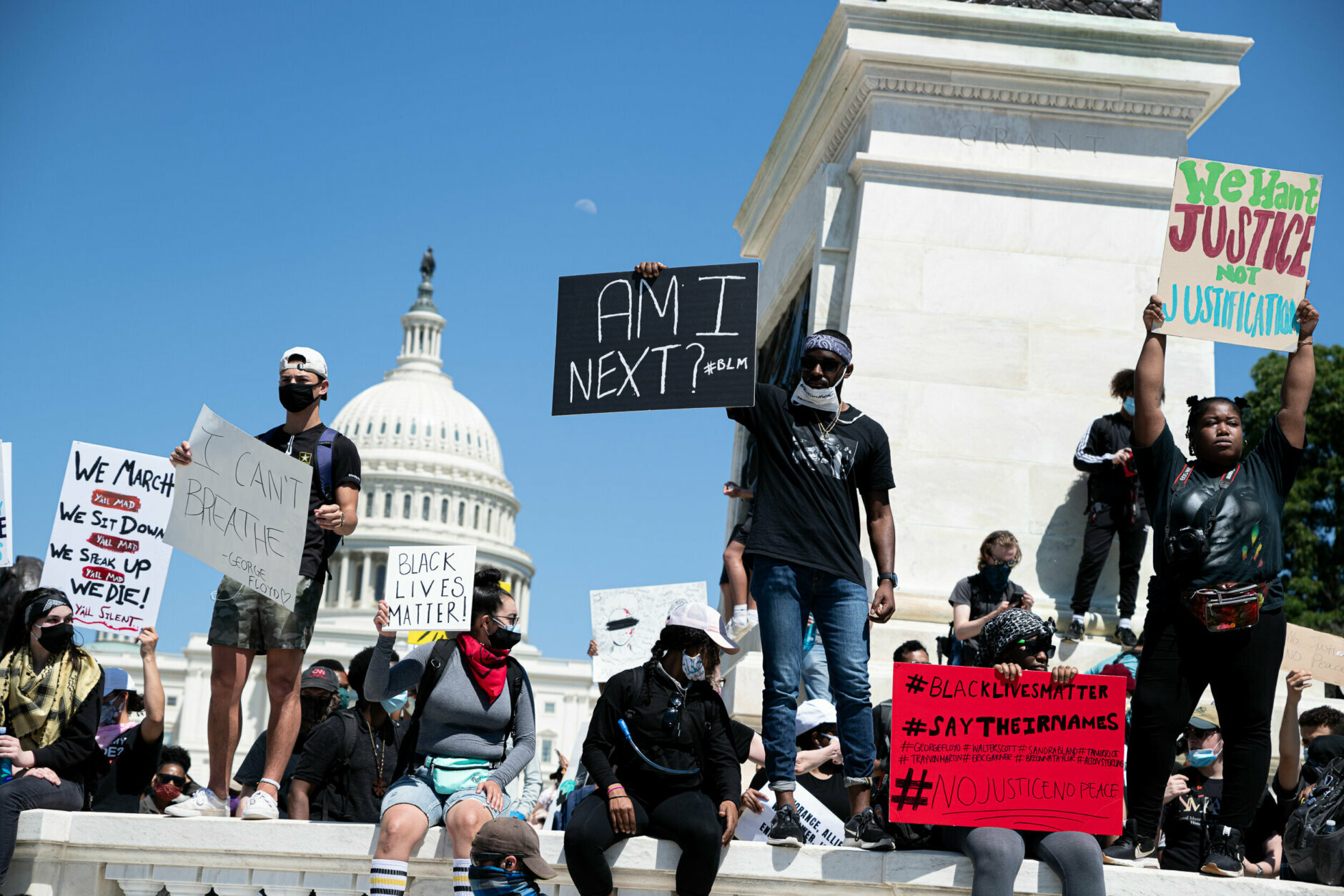What to do if you believe your rights have been violated:
-
When you can, write down everything you remember, including the
officers’ badge and patrol car numbers and the agency they work
for.
-
Get the contact information for witnesses.
-
Take photographs of any injuries.
-
Once you have all of this information, you can file a written
complaint with the agency’s internal affairs division or civilian
complaint board.
Safety Tips!
(How to prevent injuries/fatigue)
-
Don’t put vaseline, mineral oil, oil-based sunscreen or
moisturizers on skin as they can trap chemicals
-
Don’t wear contact lenses, which can trap irritating chemicals
underneath
-
Don’t wear things which can easily be grabbed (i.e. jewelry, ties,
loose hair)
-
Don’t go alone, if you can help it - go with an affinity group or
some friends who know you well
-
Don’t forget to eat food and drink lots of water

